Garden plants and vegetables have more than one trick up their sleeve: they are not only used to beautify green spaces or create delicious meals. Indeed, these natural treasures can be transformed into plant-based dyes for textiles, opening a new chapter in the art of gardening and DIY. And it's as eco-friendly as it is fascinating! Discover our tips and tricks for successfully achieving natural and plant-based dyeing, using garden or vegetable plants for your clothing and fabrics.
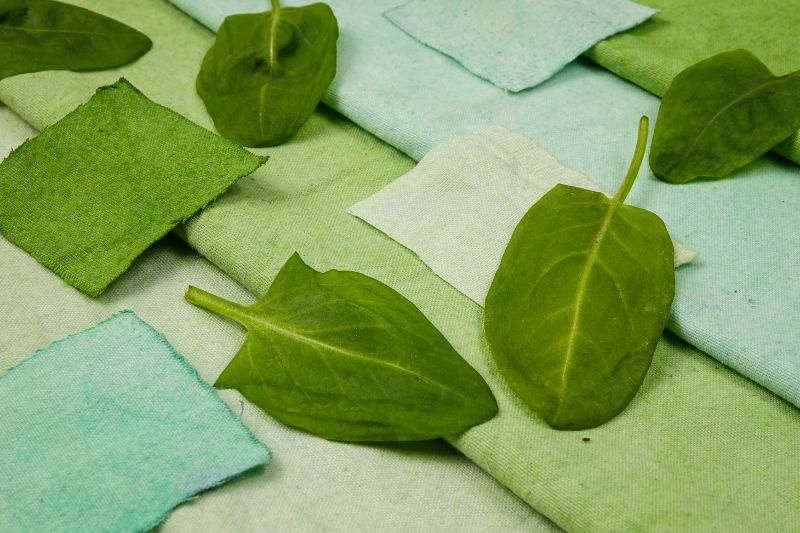
The benefits of plant-based dyeing
Plant-based dyeing is part of a resolutely eco-friendly and anti-waste approach. While commercial dyes often contain harmful chemicals for the environment and health, plant-based dyeing presents a healthy, respectful, generally non-toxic alternative, making it safer for skin and the environment.
It allows for the reuse of natural elements such as fruits or flowers, as well as vegetable tops, often overlooked or destined for compost. The diversity of these elements offers a wide range of colours and shades, enabling the creation of unique and personalised dyes. It's also a clever way to give a second life to worn or outdated textiles without spending money.
The process of creating plant-based dye is also an excellent educational activity, to be done alone or with family, to learn about the dyeing properties of plants and traditional dyeing techniques.
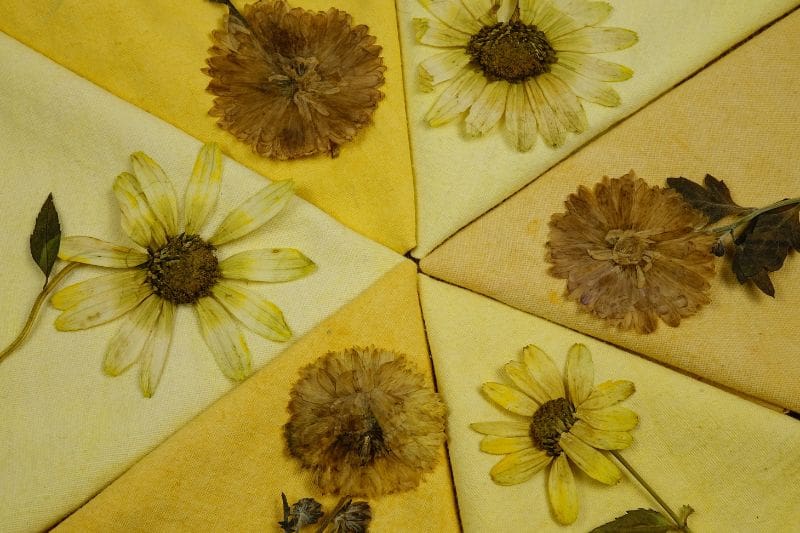
Which plants to choose for my plant-based dye?
For shades of red and pink:
- Avocado skins: for pale pink shades.
- Pomegranate peels: provide a lovely orange-red hue.
- Dahlia: offers a variety of colours depending on the flower.
- Beetroot: for shades of red and pink.
- Roses: used for pale pink or old rose shades.
- Madder (Rubia tinctorum): perfect for shades of red and pink.
For shades of blue and purple:
- Lavender: produces mauve and purple shades.
- Blueberry: yields a colour between dark blue and purple.
- Indigo plant: known for dyeing fabrics from dark blue to light blue.
For shades of green:
- Spinach: for light green shades.
- Parsley: offers dark green tones.
- Green tea leaves (or the remnants of your herbal tea): for a lovely olive green hue.
- Mint leaves: to dye fabrics from light green to dark green.
For shades of yellow:
- Marigold: used for yellow and orange shades.
- Citrus peels: for light yellow shades.
- Turmeric: to achieve bright yellow to golden shades.
- Onion: for a golden yellow to orange colouration.
For shades of brown:
- Oak bark: to achieve a medium brown tone.
- Walnut shells: ideal for brown shades.
- Coffee grounds: provide a light brown hue.
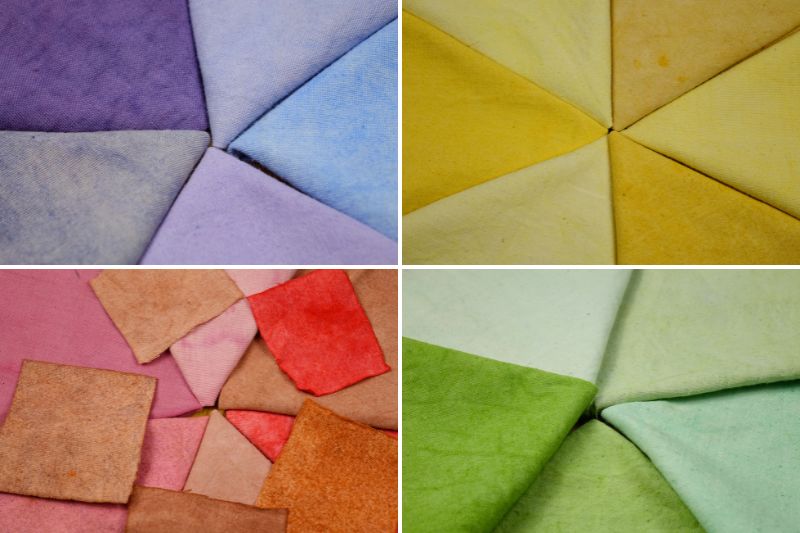
The steps for making plant-based dye
Before you start:
- Protect your work surface with an old oilcloth tablecloth or a plastic tarp to avoid dyeing your furniture as well.
- Although plant-based dyeing is natural, wear gloves to avoid staining your hands.
- Use enamel, stainless steel, or glass containers and pots. Copper and aluminium may alter the colour of your dye.
1- Extracting the colour
- Start by finely chopping or grinding the plants to maximise the surface area in contact with the water. Use 100 grams of plant for 1 litre of water.
- Next, bring this mash to a boil with water in a large pot. Cooking time varies depending on the plant. For example, turmeric can release its colour in less than 30 minutes, while indigo may require several hours. For spinach, a cooking time of 45 minutes is sufficient to extract a beautiful green shade. During this phase, stir regularly.
- After cooking, strain the mixture to keep only the liquid and eliminate all plant residues. Allow to cool. Your concentrated dye is ready!
Note: The dye can be stored in the refrigerator for a week.
2- Preparing the textiles
Natural fibres such as cotton, wool, or silk generally react better to plant-based dyeing. It is advisable to wash the textiles in hot water to remove any traces of dirt or chemicals that could affect dye absorption.
3- Dyeing the textile
- Once you have your dye solution ready, it's time to immerse your prepared textiles in this coloured bath.
- The soaking time depends on several factors, including the intensity of the colour you wish to achieve and the type of textile you are using. It often lasts 30 minutes to an hour for a deep colour. The longer the fabric stays in the dye, the more intense the shade will be.
- Stir the textile in the solution from time to time to ensure even colouring.
- Optional: you can also add natural fixatives such as salt (one tablespoon for 1 litre of liquid) or vinegar (50 cl for 1 litre) to improve dye retention.
Note: some DIY enthusiasts "heat" the fabric with the dye in a pot to fix the colour further. While this method is effective, caution is advised, as cooking can damage the fabric fibres.
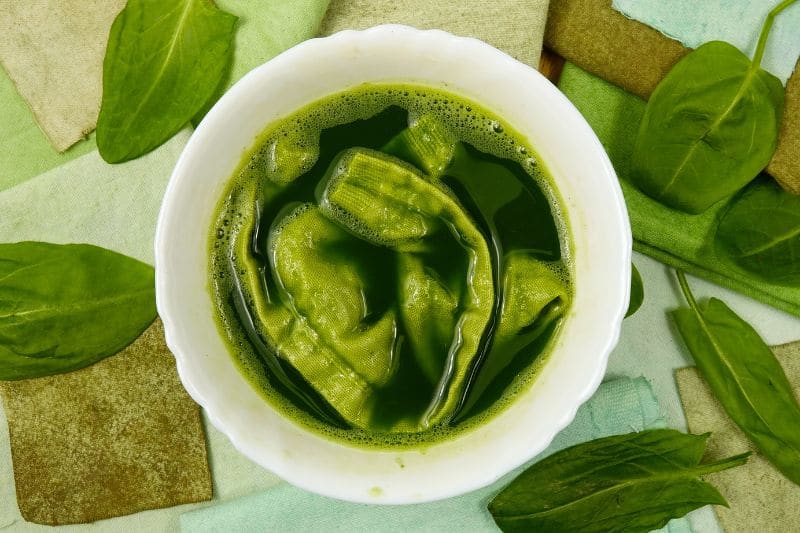
4- Drying and care
- Once you have achieved your desired shade, remove the textiles from the solution.
- Rinse them in cold water.
- Air dry, preferably in the shade, as sunlight can fade natural shades.
- For maintenance, wash preferably by hand with gentle products.































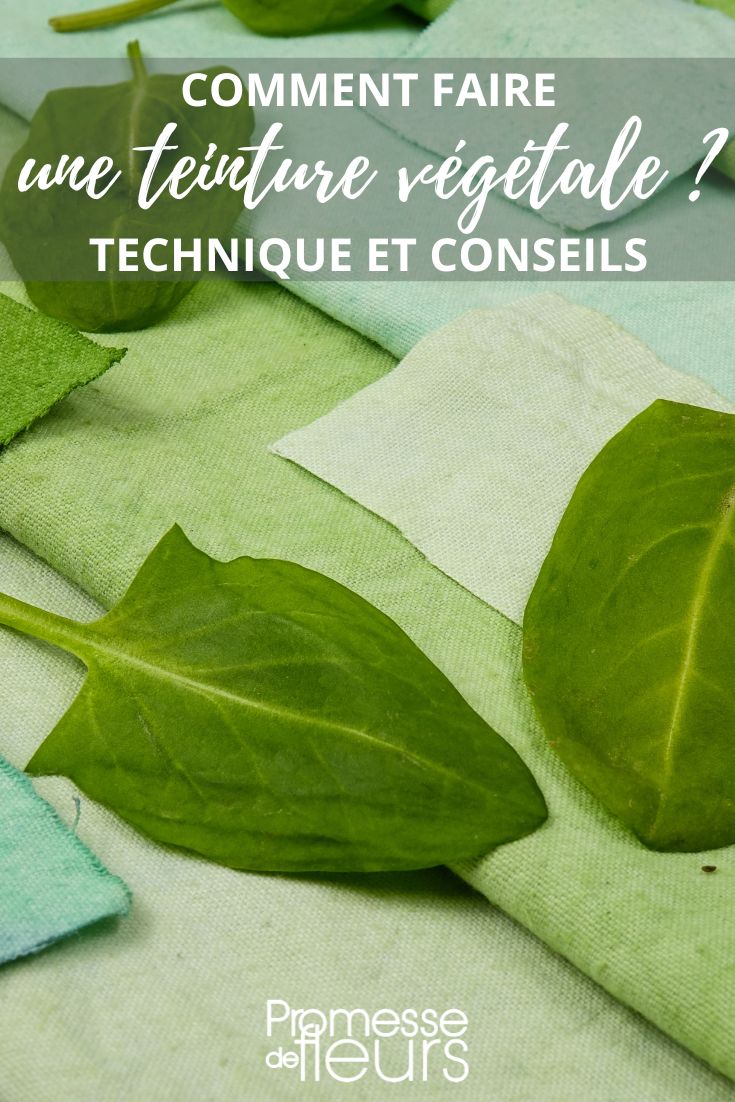
Comments